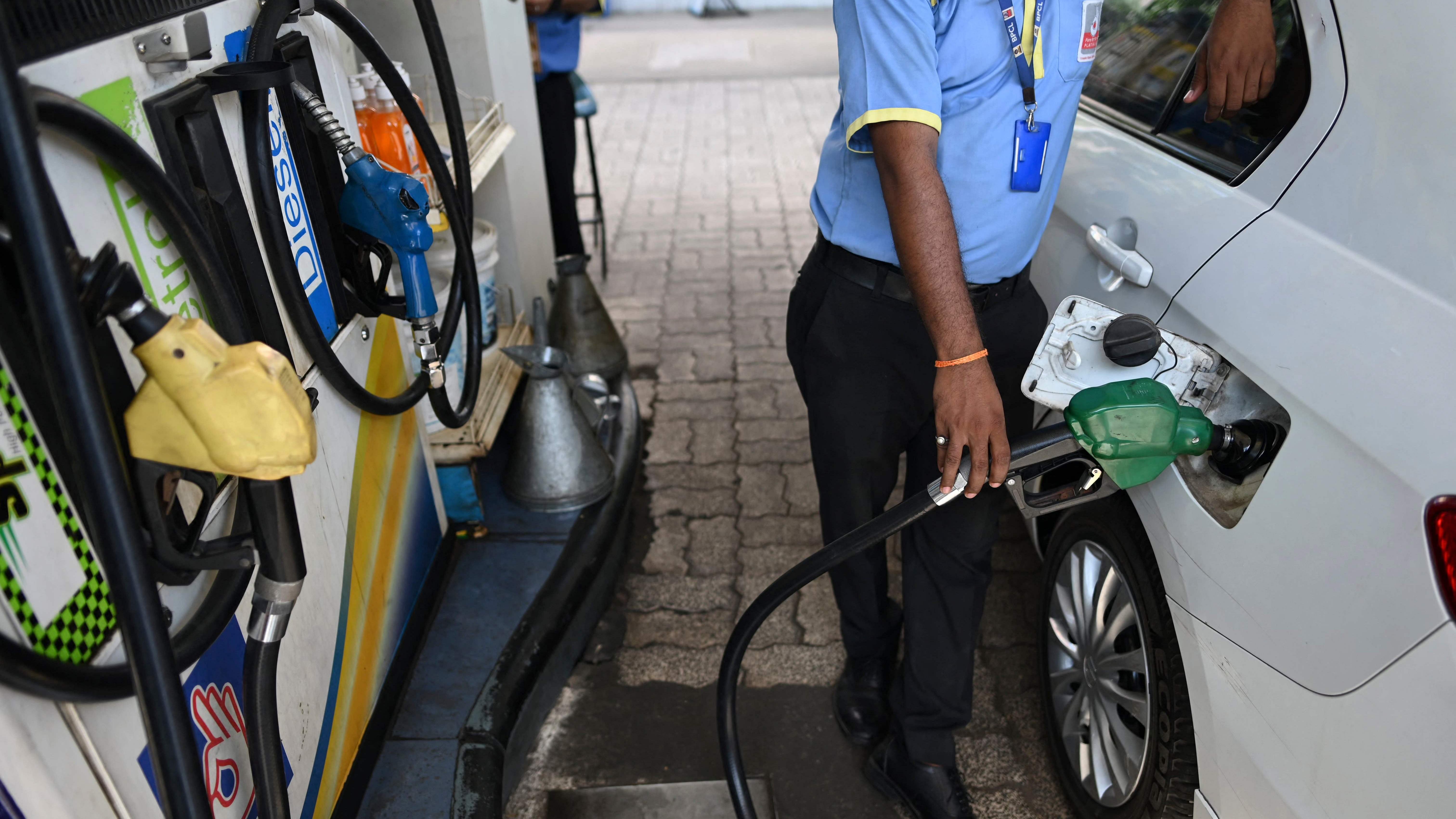
Fossil fuel subsidies by the Union government have fallen 742% since 2014 but the subsidies on coal, oil and gas increased by nine times in 2021-22, a new study said.
Researchers from International Institute of Sustainable Development (IISD) and Council on Energy, Environment and Water (CEEW) on Tuesday released its study 'Mapping India's Energy Policy 2022: Aligning support and revenues with net-zero future'.
Against the backdrop of Rs 5.4 lakh crore flowing to the energy sector every year, the study looked into the government policies and expenditure by public sector undertakings (PSUs) and public finance institutions (PFI).
The total quantified subsidies for 2021 energy sources was Rs 2.17 lakh crore. Compared to previous financial years, the support for fossil fuels increased In 2021, wth the subsidies for coal, oil and being nine times higher than the subsidies for renewables and EVs.
The seven Maharatna PSUs invested 11 times more in fossil projects than on renewable energy (RE) while the annual disbursements by PFIs were three times higher for fossil generation than RE, the study said.
India has committed to meet 50% of its energy requirements from RE, reduce total projected carbon emissions by 1 billion tonne till 2030 and achieve net zero emission status by 2070.
Noting the huge investment gaps ($71 billion per year), the study suggested new support to meet clean energy targets to ensure a just transition and a formal channel, like an electricity council, to shift subsidies.
The study said ministries should mandate energy PSUs to diversify into clean energy and adjust corporate social responsibility rules to push for sustainability.
It recommended that the revenue from fossil fuel should be set aside for social protection and public services to reduce living costs while backing clean energy.
Transition in LPG subsidies
The study flagged "unresolved questions" about the effectiveness of LPG consumer subsidies pointing to a survey in Jharkhand which found that 50% of the benefits were captured by the top two wealth quintiles while less than 30% went to the bottom two quintiles.
Welcoming the Rs 200 subsidy to PMUY beneficiaries, it said India needs a roadmap for clean cooking that includes incubation of non-fossil cooking solutions.